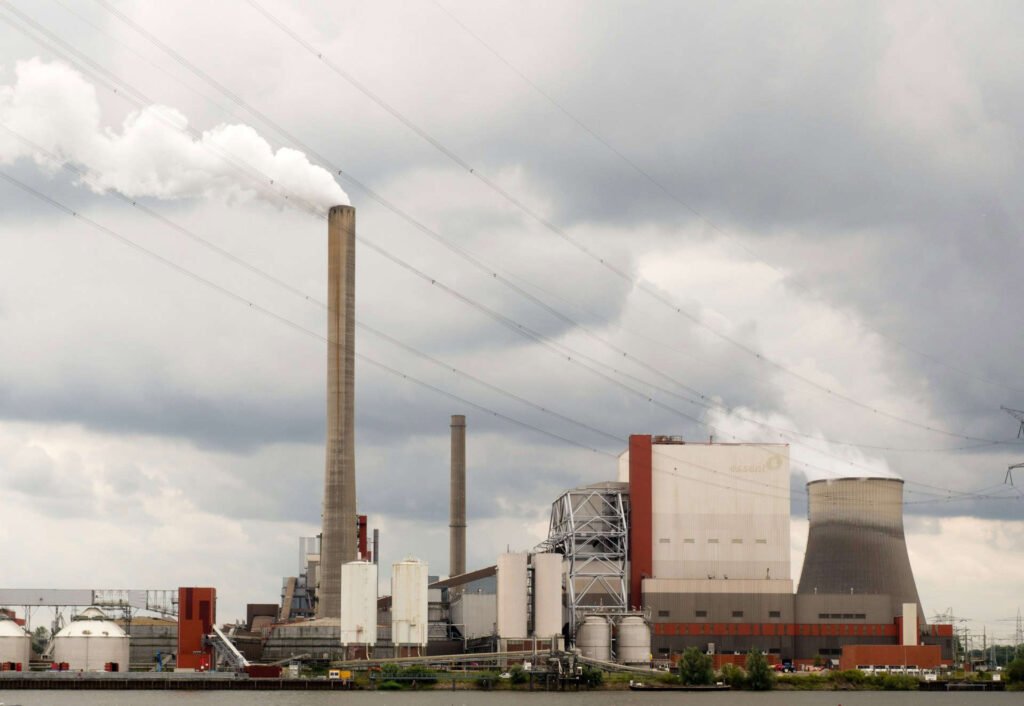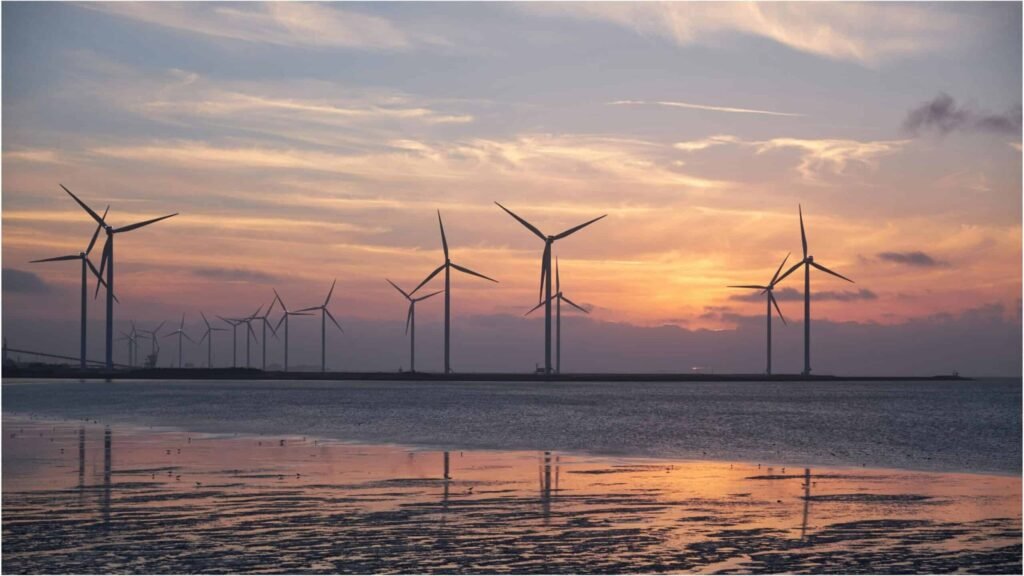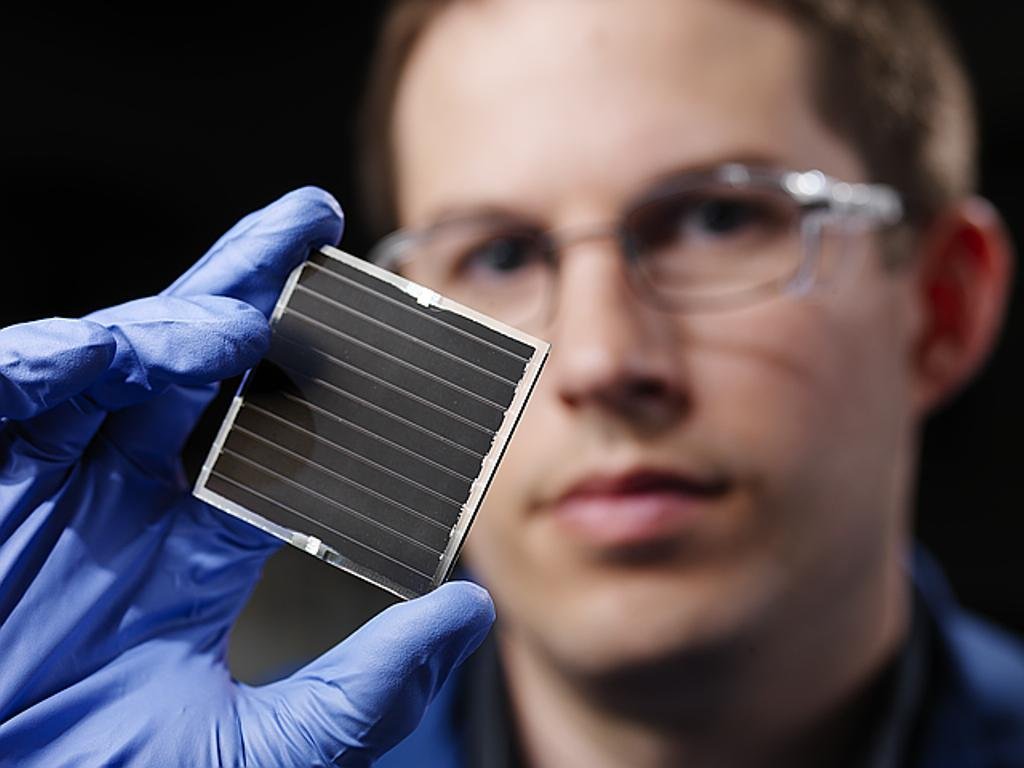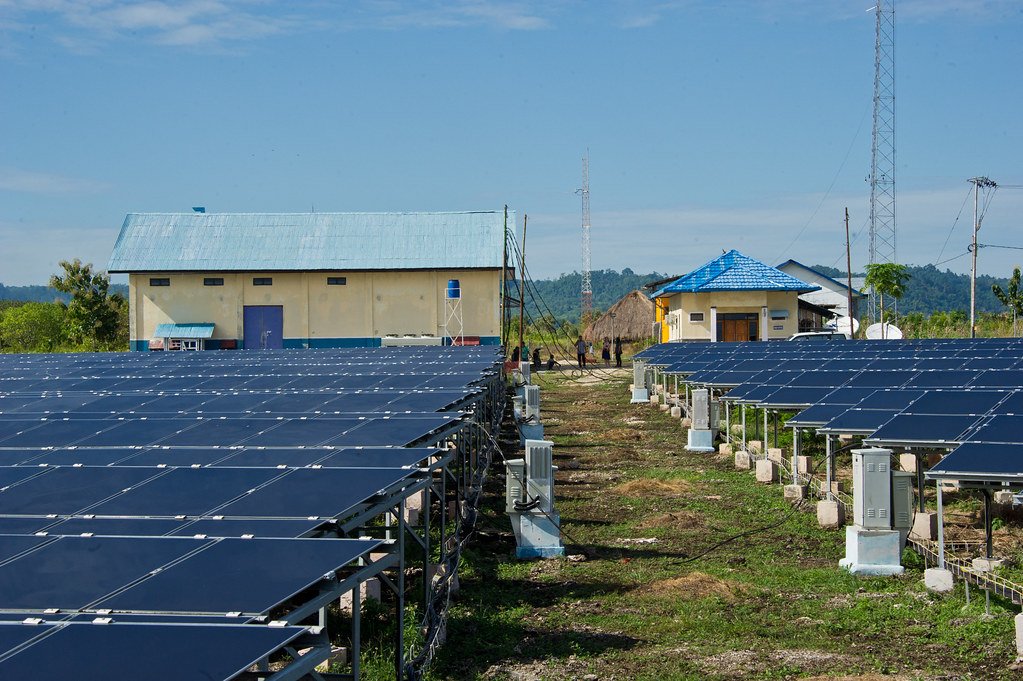The United States stands at a pivotal moment in its energy evolution. With mounting concerns over climate change, depleting fossil fuel resources, and the necessity for energy independence, renewable energy sources like solar and wind power are emerging as front-runners in the quest for sustainable solutions. This article explores the potential for solar and wind energy to replace fossil fuels in the USA, underscoring the opportunities and challenges that lie ahead.
Understanding the Current Energy Landscape

Currently, fossil fuels—comprising coal, oil, and natural gas—provide the majority of energy consumed in the USA. While they have been instrumental in powering economic growth and industrial development, they are also the largest contributors to greenhouse gas emissions. In contrast, renewable energy sources have been growing at an unprecedented pace, spurred by technological advancements, cost reductions, and environmental policies.
The Rise of Solar Power

Solar power has witnessed exponential growth due to its declining costs and increasing efficiency. Solar panels, which convert sunlight directly into electricity, have become more widespread in both domestic and industrial settings. States like California, Arizona, and Texas are leading the charge, but solar adoption is expanding nationally. The potential for rooftop solar installations, combined with utility-scale solar farms, positions solar energy as a formidable contender in the renewable landscape.
Harnessing the Wind

Wind energy has become a crucial component of the renewable mix, with the USA boasting some of the world’s largest wind farms. Utilizing wind turbines, this renewable source has the capability to produce vast amounts of electricity, particularly in areas with consistent wind patterns like the Great Plains and offshore regions. The scalability and technological advancements in turbine design continue to bolster its prospects.
Economic and Job Opportunities

The transition to solar and wind power is not only an environmental imperative but also an economic opportunity. The renewable energy sector has become a significant job creator, outpacing fossil fuels in employment growth. According to industry reports, there are already over 370,000 jobs in solar and wind energy combined, with potential for further expansion as the sector grows.
Technological Innovations are Key

Innovations in technology are crucial for the advancement of renewable energy. Improved solar photovoltaic cell efficiency and breakthroughs in wind turbine technology are propelling the industry forward. Additionally, the integration of artificial intelligence and IoT systems is optimizing energy management and distribution, making renewable energy systems more efficient and reliable.
Energy Storage: Overcoming Intermittency

One of the primary challenges with solar and wind power is their intermittent nature; the sun doesn’t always shine, and the wind doesn’t always blow. Energy storage solutions, such as advanced battery systems, are essential to overcoming this hurdle. Improved battery technology can store excess energy during peak production times and release it when demand is high, ensuring a steady supply of electricity.
The Role of Government Policy

Government policies and incentives play a pivotal role in the shift towards renewable energy. Federal tax credits, state-specific renewable portfolio standards, and grants for research and development are some of the measures that have spurred the growth of wind and solar power in the USA. Continued legislative support will be necessary to maintain momentum and ensure a smooth transition away from fossil fuels.
Environmental Impact and Sustainability

Beyond reducing reliance on fossil fuels, the adoption of solar and wind power comes with significant environmental benefits. These renewable sources produce no direct emissions, helping to mitigate air pollution and lower carbon footprints. Furthermore, wind and solar installations generally have smaller environmental footprints compared to fossil fuel facilities, leading to a more sustainable energy future.
Challenges in Infrastructure Development

A major undertaking in the renewable energy transition is upgrading and adapting infrastructure. The current grid system must evolve to efficiently handle the integration of decentralized and variable renewable resources. Investments in new transmission lines, smart grid technologies, and enhanced grid infrastructure are necessary to support the burgeoning renewable sector.
Public Perception and Adoption

Public perception plays a critical role in the adoption of renewable energy technologies. Increasing awareness of climate change and environmental issues has positively influenced public opinion towards solar and wind energy. Community involvement and educational initiatives can further accelerate acceptance and support for renewables among the general populace.
The Road Ahead for Fossil Fuels

While solar and wind power are on the rise, fossil fuels still dominate the energy sector. However, the writing is on the wall for an energy transition. As renewable resources continue to become more economically competitive, fossil fuel industries may need to adapt or diversify their operations to remain viable in the changing energy landscape.
Conclusion: A Sustainable Future Awaits

The future of renewable energy in the USA is both promising and challenging. Solar and wind power have the potential to significantly reduce reliance on fossil fuels, provided that technological, economic, and policy barriers are addressed. With concerted efforts across sectors and continued innovation, solar and wind power can indeed lead the charge towards a more sustainable and cleaner energy future for the United States.




